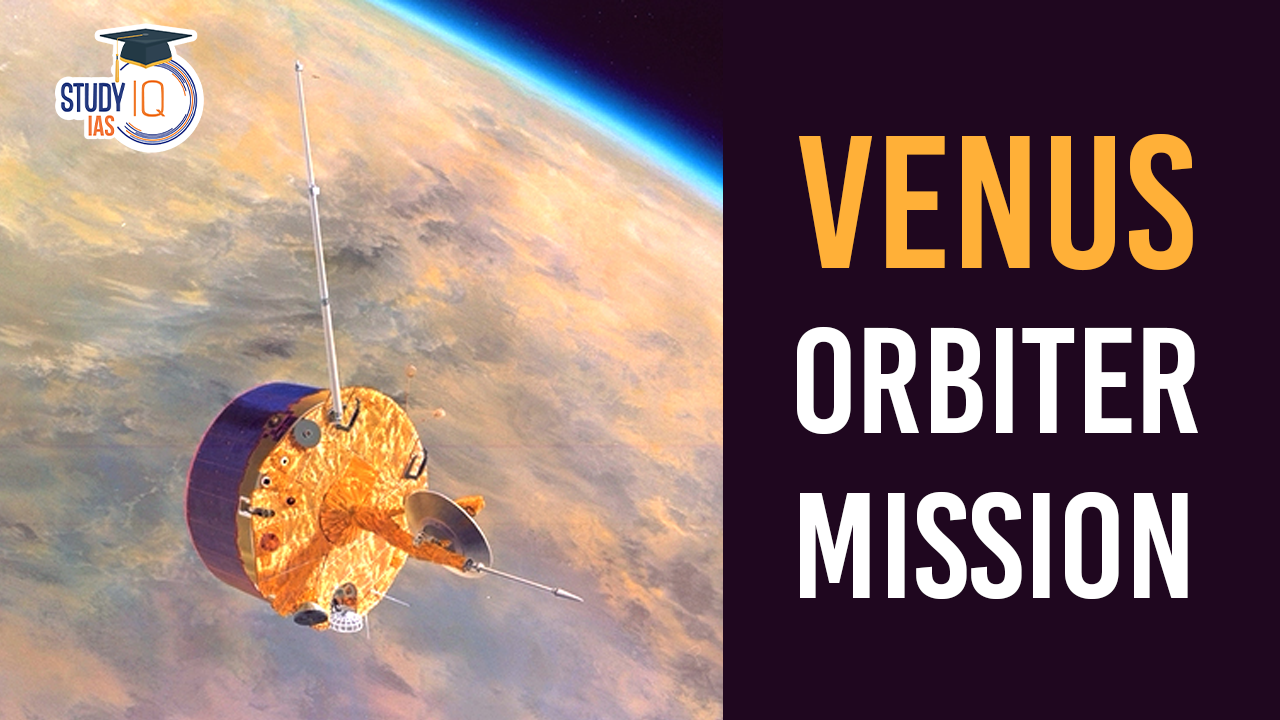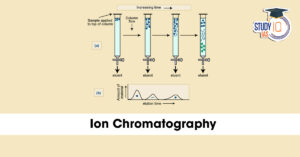Table of Contents
The Union Cabinet has recently approved India’s first mission to Venus which ISRO aims to launch in March 2028. It will be India’s Second interplanetary mission after the Mars Orbiter Mission (Mangalyaan) launched in 2013.
Venus Orbiter Mission (VOM)
- Objective: The mission aims to study Venus from orbit, focusing on its surface, sub-surface, atmosphere, ionosphere and interaction with the Sun.
- Mission Details
- Travel Path: The mission will utilise a slingshot manoeuvre around Earth to gain speed before heading towards Venus. It will take approximately 140 days to reach the planet after exiting Earth’s orbit.
- Aero-braking Technique: This will be the first time India employs aero-braking. The spacecraft will skim through the outer layer of Venus’s atmosphere multiple times at around 140 km altitude, creating drag that will gradually reduce its orbital height.
Scientific Payloads
- The mission will carry approximately 100 kg of scientific instruments, including:
- Synthetic Aperture Radar (SAR): Operating in L and S bands for surface imaging.
- Thermal Camera: To study thermal characteristics of the surface.
Importance of Studying Venus
- Earth’s Twin:
- Venus is often referred to as Earth’s twin due to its similar mass, density, and size. Understanding Venus can provide insights into Earth’s evolution.
- Historical Water Presence:
- Venus is believed to have had water in its past but has transformed into a dry planet.
- Studying this transformation can help scientists understand planetary climate change.
Key Differences between Earth and Venus
| Feature | Earth | Venus |
| Extreme Temperatures (°C) | 15°C (average) | 462°C– The highest surface temperature in the solar system, caused by a runaway greenhouse effect trapping heat. |
| Atmospheric Pressure (relative to Earth) | 1 (baseline) | It is about 92 times that of Earth, similar to the pressure found at depths of Earth’s oceans,making it extremely hostile for landers. |
| Atmospheric Composition | 78% Nitrogen, 21% Oxygen | 96.5% Carbon Dioxide – Dominated by carbon dioxide with thick clouds of sulfuric acid, contributing to extreme greenhouse conditions. |
| Rotation Period (Earth days) | 1 | A single rotation of Venus takes about 243 Earth days, making its day longer than its year (about 225 Earth days). |
| Upcoming International missions for Venus |
|


 Advanced Air Defence Radars: Types, Comp...
Advanced Air Defence Radars: Types, Comp...
 Ion Chromatography, Working and Applicat...
Ion Chromatography, Working and Applicat...
 Broadly Neutralising Antibodies (bNAbs):...
Broadly Neutralising Antibodies (bNAbs):...

























